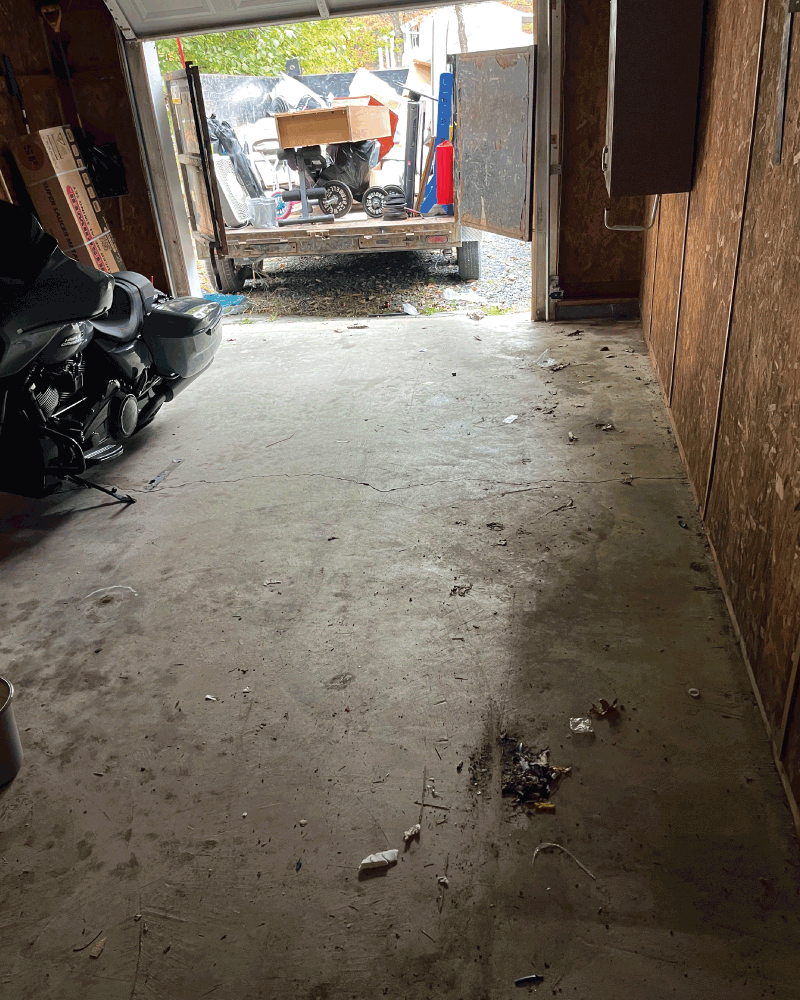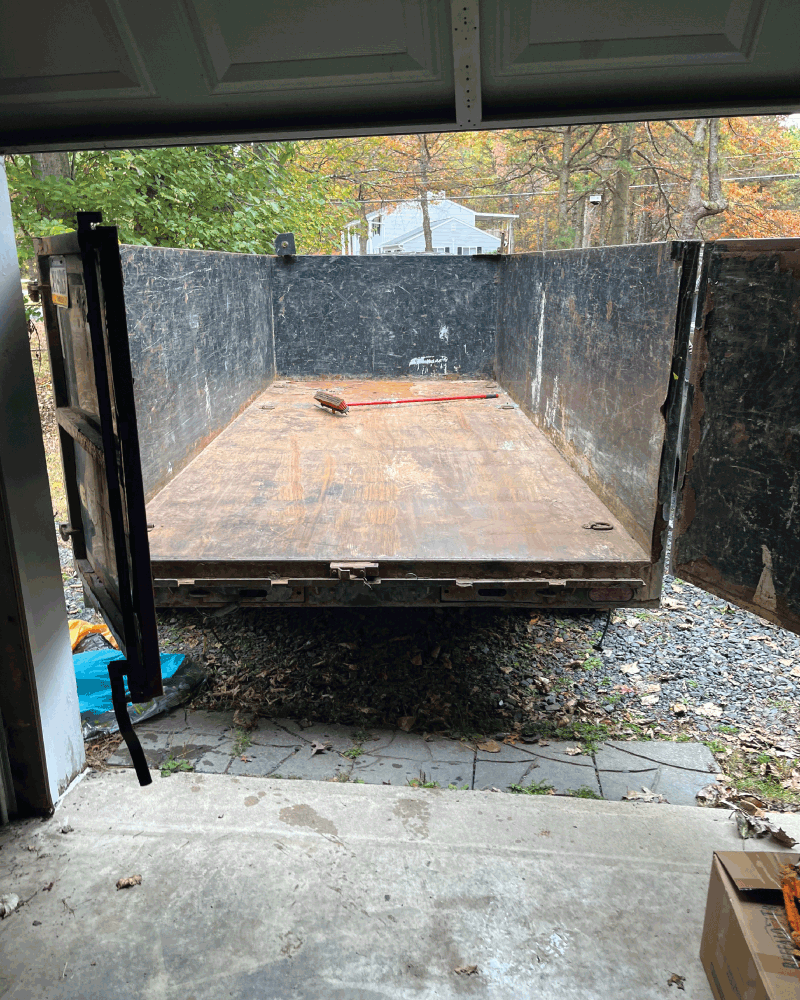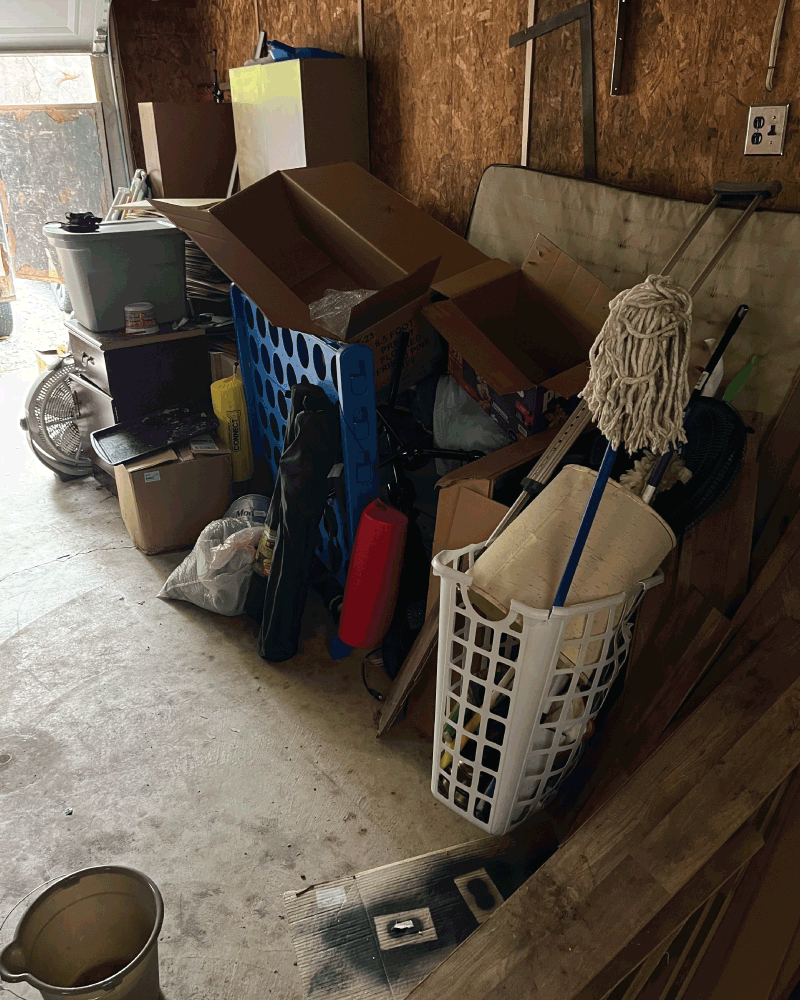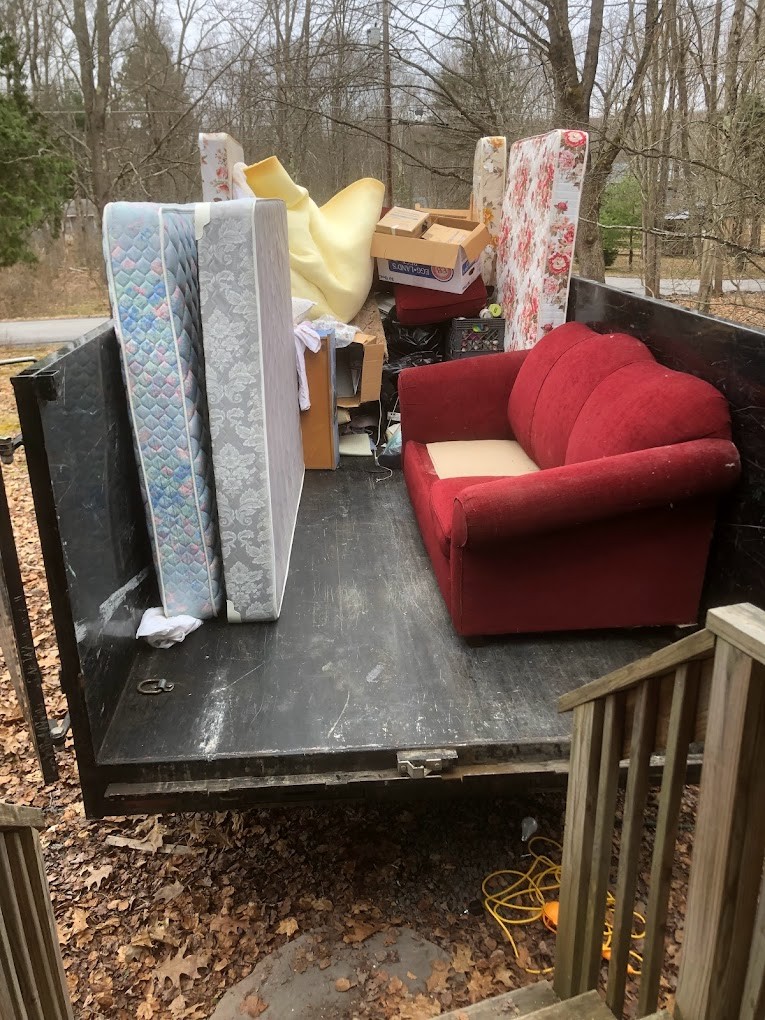Sponsored results
Anytime Junk Removal
Anytime Junk Removal is your source for friendly, professional, and cost-efficient structural removal, interior demolition, debris hauling, junk removal, and related services. Open 24/7 and offering... more
360 Demolition & Excavating Company
Get in touch with the friendly pros at 360 Demolition & Excavating Company for all your oil tank removal needs. We have the modern equipment and experienced... more
All "Oil Tank Removal" results near me in Renningers, PA - December 2025
360 Demolition & Excavating Company
Get in touch with the friendly pros at 360 Demolition & Excavating Company for all your oil tank removal needs. We have the modern equipment and experienced... more
Anytime Junk Removal
Anytime Junk Removal is your source for friendly, professional, and cost-efficient structural removal, interior demolition, debris hauling, junk removal, and related services. Open 24/7 and offering... more
Dinosaur Demolition LLC
Dinosaur Demolition LLC offers a variety of demolition services to meet customers' needs throughout the area. We are committed to providing each and every... more
E&K Hauling Junk Removal LLC
E&K Hauling Junk Removal LLC is a full-service removal company that offers oil tank removal services throughout Hazelton, PA and the surrounding areas. Our... more
Ebersole Excavating Inc
Family owned and operated for more than 40 years, Ebersole Excavating Inc knows how to make your property look its best. We specialize in excavating, concrete... more
Empire Services
Knocking 'em down since 1955, Empire Services' team is professional and experienced. We are proud to provide the Reading, Pennsylvania area and surrounding communities with impeccable... more
MP Custom Services, LLC
Founded in 2012, MP Custom Services is located in Emmaus, Pennsylvania and specializes in providing comprehensive demolition services for both residential and commercial customers. We offer... more
RW Moyer Construction INC
For over 25 years, RW Moyer Construction INC has been proudly offering a wide variety of residential and commercial services to the Jim Thorpe, PA area,... more
Shirk Excavating
Shirk Excavating has been serving residential and commercial customers since the late 80s. Our customers are important to us, and we strive to do... more
Standard Leasing Systems, Inc
Standard Leasing Systems, Inc. specializes in providing residential and commercial customers with dependable and high-quality services. We are competent in our field and know how... more
Nearby Places for Tank Removal
Tank Removal Tips for Renningers, PA
Are all oil tanks at risk of leaking?
Over time, nearly all tanks have the ability to leak in some way, shape, or form. Some of the most common reasons tanks leak include:
- Lack of routine inspection and maintenance
- Leaky fittings
- Decay or frost shift
- Overfilling of tanks
- Irresponsible oil delivery
- Lines are accidentally severed



